Dear Teacher Zhuo, Hello!

Teacher Zhuo, you might have been busy with this year’s national competition recently. I apologize for taking your time to read this email from a student at this moment.
I actually planned to visit Shandong University in Weihai during the national competition to discuss with you the service work we have done in the intelligent vehicle competition this year, as well as the upcoming completion of the RT1064 series core board and its library files for secondary development.
Additionally, I wanted to conduct a follow-up on the usage of our sensors, core boards, and other products at the national competition site, hoping to improve the basic services we provide for the competition. However, due to scheduling conflicts with other work, I am unable to be on-site this year, so I am providing this briefing to you via email.

1. In conjunction with the rules of the 14th Intelligent Vehicle Competition, we have roughly done the following main work in promoting the intelligent vehicle competition:
1. Interpretation of rules and analysis of participation suggestions (thanks to Teacher Zhuo for forwarding the post we made on the intelligent vehicle production forum to the public account), which allows participants to quickly and clearly understand the changes in this year’s competition rules.
2. Development of the LPC54606 core board, development and open-source of the LPC54606 library, promotion of LPC series chips usage. Although the sponsoring organization NXP did not enforce the use of LPC like they did with K60 and KEA in previous years, many participants still chose this microcontroller after our promotion. The price of K60 series chips has skyrocketed, and supply is tight, with many refurbished chips lacking quality assurance. Therefore, we developed this core board to replace the K60 series. The performance of LPC is comparable to that of K66, but at a much lower price, giving LPC an opportunity for selection.
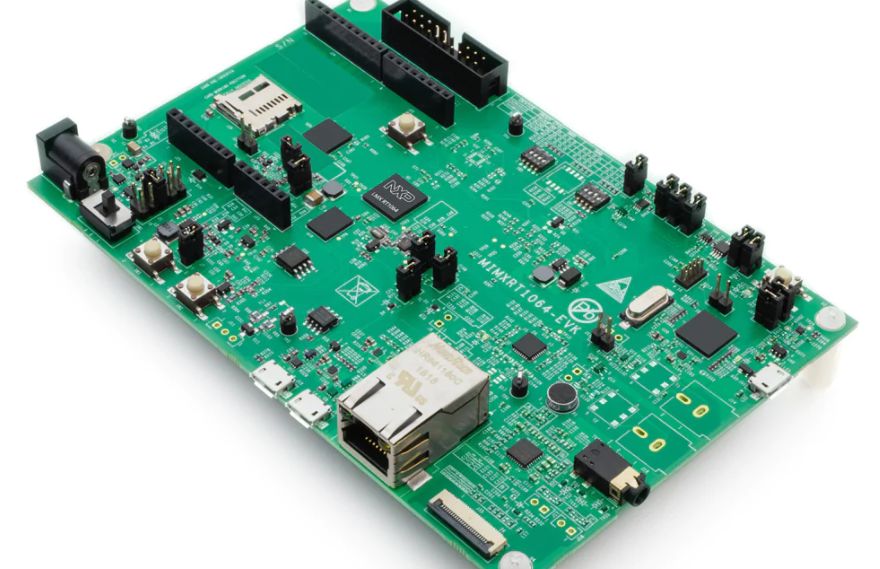
3. Suggestions on the selection and modification of tricycle and off-road vehicle models, along with numerous related tests, with the testing process documented in videos for participants’ reference, providing suggestions to avoid wasting money on multiple models.
4. Technical analysis of the transformation between upright and tricycle states, providing a control method in written form for participants’ reference and learning.
5. Development of the RT1021 core board, development and open-source of the “Zhu Fei RT1021 library.” This year, the competition rules clearly state that there will be no light shielding, and participants need to handle more complex environments themselves. Therefore, with the emergence of the “sunlight algorithm,” there has been significant interest in higher-performance MCUs. However, there are no convenient open-source libraries available for public use, so we undertook this work and received recognition from many participants, with several teams that ranked first in their respective sub-divisions using our core board.
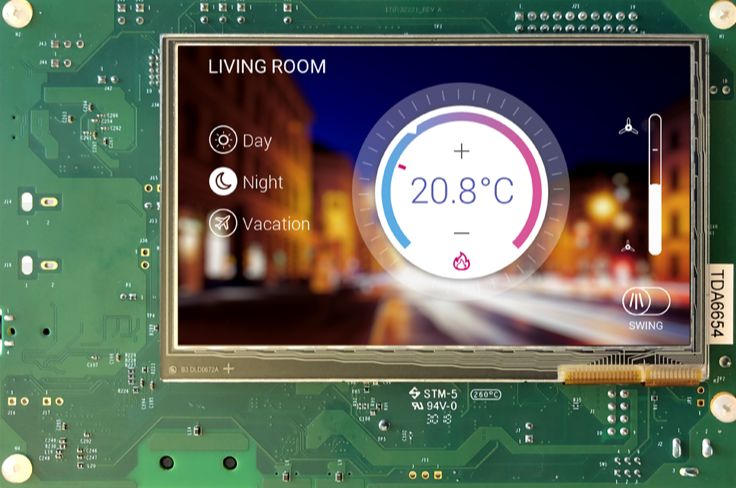
6. Analysis of the “sunlight algorithm.” After many participants frequently checked in on Teacher Zhuo’s public account regarding the sunlight algorithm, we conducted some analysis based on the fact that participants this year used Zhu Fei’s total drilling wind camera to solve most lighting issues. In the lab, they were able to stably recognize the track even with sunlight shining through the window, and they shared their methods with us. Thus, we shared a simple implementation of the “sunlight algorithm” from the perspective of using the total drilling wind camera. Unsurprisingly, this post received much recognition from participants, and the methods were further optimized by many.
7. Organization, co-organization, and sponsorship of the Sichuan University Intelligent Vehicle Competition. This detail is not elaborated on, as it has been held annually, and we continue to provide all the necessary support and services to ensure the successful completion of this provincial competition with utmost enthusiasm.

2. Regarding the upcoming completion of the RT1064 core board development and its library files:
First of all, why are we doing this work? In recent years, NXP has launched the RT ultra-high frequency M7 core crossover MCU.
Its ultra-high performance has attracted considerable attention, and the price is significantly lower than current K60FX/K66FX microcontrollers.
Although many students hope to use the powerful RT series MCUs, newly released chips generally have limited documentation and lack complete code libraries, making it difficult for average students to easily get started. Additionally, the RT series has power-on timing requirements, which complicates matters further. Therefore, we decided to launch the RT series core board to make it easier for everyone to use the RT series, which is also beneficial for NXP’s plans to promote the RT series.
After weighing the production costs and subsequent maintenance fees, we first launched the RT1021 core board and open-sourced the related code library, allowing those with certain hardware capabilities to create their own core boards (as mentioned in the first part).
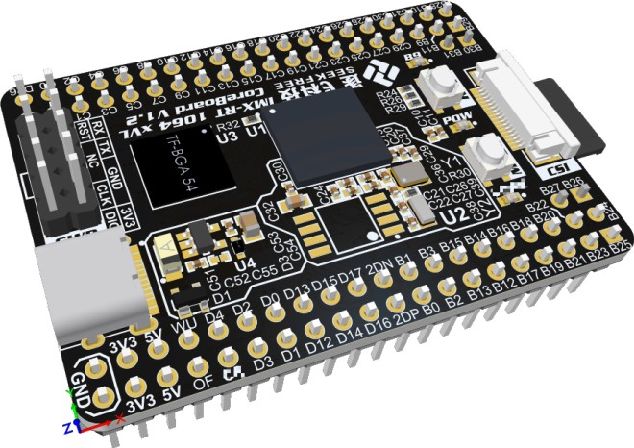
The RT1021 is more suitable for traditional users or those who want to create their own core boards. If users need stronger performance, they can use the RT1064. However, due to its BGA packaging, it is challenging for average users to handle.
Therefore, we decided to launch the RT1064 core board, which has a frequency increase of 100M compared to the RT1021, double the cache, and includes 4M of serial flash, with a significantly increased number of IOs.
To maximize the performance of the microcontroller, we added SDRAM to the core board. Unlike typical core board handling methods (which mainly store variables), we modified our code library to automatically load programs (including interrupts + interrupt vector table + regular programs) into SDRAM for execution after power-up. When the program size exceeds the cache, running it from SDRAM is much faster than from flash. Specific data is available in a detailed document provided by NXP (this document was provided by NXP’s FAE, and we consulted and communicated extensively with NXP’s RT product department during development to strive to create a powerful and user-friendly core board).
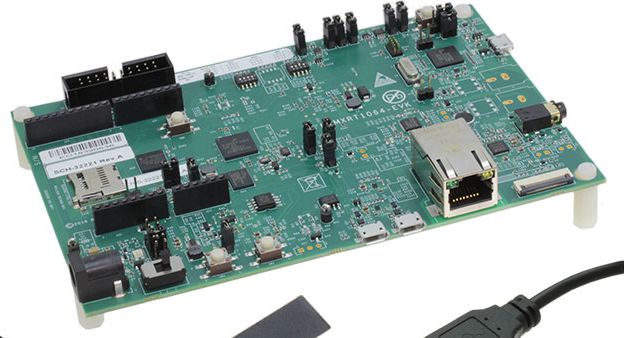
Due to the power-on timing issues with RT, there may be cases where the internal DCDC does not start. However, the RT series chips do not have other indicator pins to visually indicate that the DCDC has not started. Therefore, we designed a circuit on the core board to detect whether the internal DCDC is outputting voltage normally, then drive the kernel indicator light. If the DCDC outputs normally, the designed hardware circuit will light up the LED, allowing users to easily confirm whether the current DCDC has started normally.
We have conducted multiple tests on the RT1064 core board and have preemptively addressed many issues (after all, it is a new chip). Furthermore, with the assistance of NXP’s FAE, this core board underwent high and low-temperature testing (-40℃ to 75℃) and passed in one go. This also maximally verifies the stability of the core board in various environments.
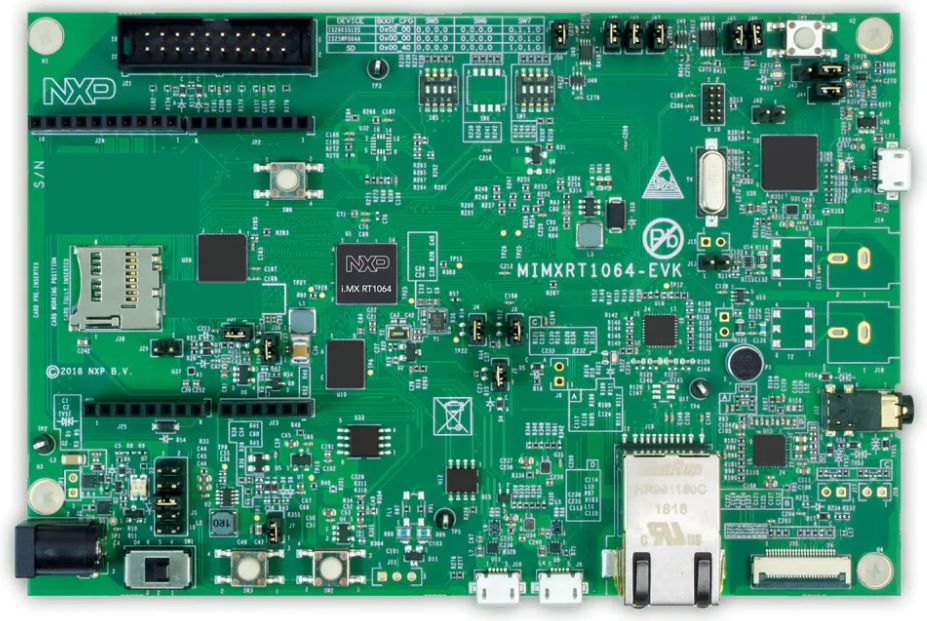
We have made further optimizations on the software side:
1. For example, loading programs into SDRAM for execution (including the interrupt vector table and interrupt functions) can significantly increase execution speed when the code size exceeds the cache.
2. The library’s underlying structure is based on the SDK for secondary encapsulation, specifically crafted for the intelligent vehicle competition application, making it easier for student users to use. Those with a basic understanding can familiarize themselves with all modules within a day. We will subsequently write a detailed introductory tutorial to help more people easily learn RT and develop using RT.
3. Our library, like previous open-source libraries, supports both IAR and MDK software, greatly facilitating students’ choice of IDE based on their preferences, without being forced to use an unfamiliar IDE just because the examples only support one IDE, catering to both usage habits.
4. The code library supports the unique fast GPIO of RT1064, achieving a maximum IO toggle rate of 150M.
5. The code library supports the unique ROMAPI of RT1064, making internal flash manipulation very straightforward.
Is the RT1064 really suitable for use in the intelligent vehicle competition, or is it overkill? Not really. For example, if we want to adapt a color camera for track recognition, the RT1064 would be an excellent choice, while traditional MCUs would struggle with this task. The third point is that while developing RT, we are also working on a camera development project.
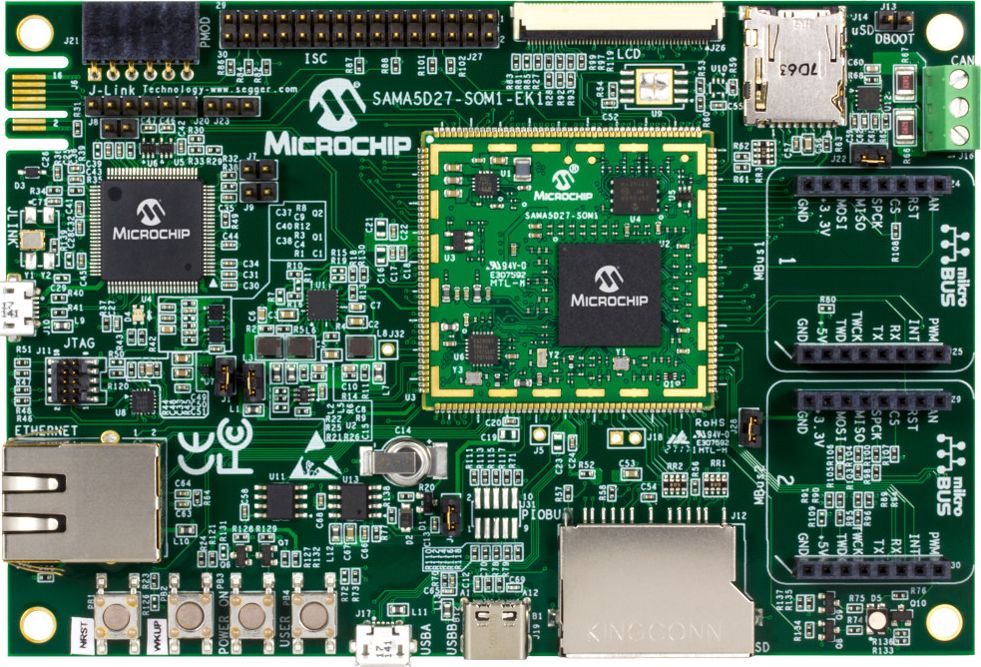
3. Regarding the development of the color camera:
From last year’s and this year’s market research, it is evident that participants’ demand for cameras has transitioned from simple binary cameras to grayscale cameras represented by Zhu Fei’s total drilling wind camera, which can capture richer track information, aiding participants in writing more adaptable algorithms.
Moreover, the rules of this year’s competition indicate that intelligent vehicle competitions are evolving towards greater intelligence, requiring the vehicles to be smarter (though the increased requirements for intelligence and the elevated difficulty of the rules have lowered the completion rate).
However, from another perspective, this is a necessary growing pain for the development of intelligent vehicle competitions. We should not abandon progress just because the results do not appear as good. All progress stems from the pursuit of change. Thus, it is undoubtedly necessary for vehicles to acquire more diverse data, making grayscale cameras insufficient in certain situations.
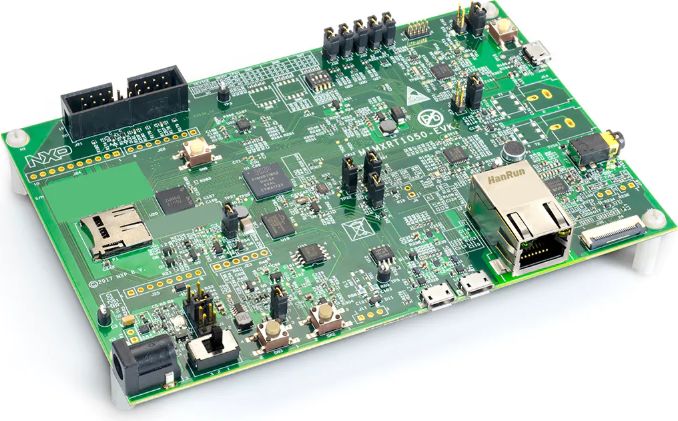
In fact, many students are seeking a suitable color camera, and many have inquired whether we will release a color camera. They hope to enhance system robustness through color recognition, but there are indeed limited options for color cameras on the market.
The most commonly used one is OV7725, but many students report that its performance is poor and not ideal, making it inconvenient to use. In fact, we have been searching for a satisfactory color CMOS for several years but have not found a suitable one.
Our principle is to prioritize quality over quantity; we aim to produce high-quality products rather than just any camera to mislead participants. Thus, we have been unwilling to release a product without thorough consideration. During this time, we tested over ten color CMOS (including ON Semiconductor, OV, Sony, etc.), but most had parameters that did not meet our satisfaction. For example, many ask if the MT9V032 has a color chip.
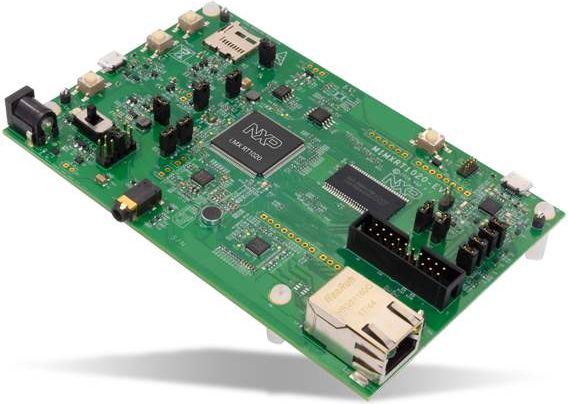
Indeed, color chips exist, but obtaining color images requires interpolation restoration, which is a unique process that prevents the camera from compressing output images, leading to excessively large resolutions and long restoration times, making it unsuitable for the application scenarios of intelligent vehicle competitions.
Only recently did we finally find a CMOS chip that satisfies us, so we plan to release this color camera for participating students. Due to the high pixel clock frequency of the color camera (54M at 50 frames per second), it imposes higher requirements on CMOS power supply and camera signal integrity.
To facilitate students in learning camera principles early on and comparing image quality effects after creating their own mainboards, the RT1064 core board specifically retains the CSI interface, reducing obstacles for beginners during the initial learning phase.
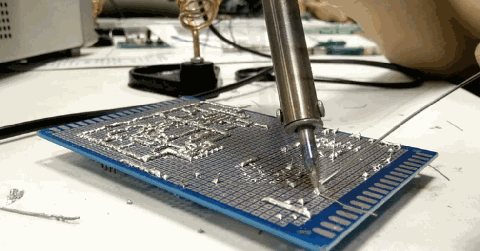
This year, many students working on beacon groups reported that most using OpenMV completed the competition successfully, mainly because OpenMV uses color and performs color recognition, which greatly improves performance compared to using a simple grayscale camera, enhancing anti-interference capability and achieving a high completion rate.
However, these students also expressed dissatisfaction with OpenMV’s recognition speed, hoping for a better color camera to conduct their own recognition. Many also feel that directly using OpenMV reduces the image recognition process, which, while reducing workload, diminishes the enjoyment of the competition and hinders learning more algorithms and developing their thinking, as OpenMV has already done much of the work.
PS: There is some confusion among students regarding the rule that OpenMV can be used directly in the competition, as the ordinary group differs from the outdoor optical creative group, which allows the use of ready-made modules to complete more complex recognition tasks. The ordinary group has always emphasized that track information must be processed independently and cannot use cameras with track information processing as sensors. This rule contradicts the fact that OpenMV can be directly used in competitions, which raises some small questions.

This is the work briefing for this year and the recent product plans from the students. I apologize for the lengthy message and for taking up Teacher Zhuo’s time. The purpose of this briefing is that we, as a third-party service provider for this competition and also as the official co-organizer of the Sichuan provincial competition, need to closely follow the competition rules and direction, and absolutely respect the competition rules. We have never crossed the line and will not, only doing some basic sensor and core board development to ensure participants have better sensors and more stable core boards.
I have expressed to Teacher Zhuo more than once our attitude towards work and our disdain for certain businesses that overstep boundaries. From the perspective of our entrepreneurial team, such behavior is self-destructive. We have a proper worldview and a clear plan. What we aim to do is create a general platform that complies with competition rules, facilitating learning for novices participating in the competition each year.
With the increasing difficulty of competitions year after year, the novices remain as inexperienced as ever. It is not as some participants who have completed the competition believe, that future participants will know more. They still need introductory learning materials. Thus, we provide this general learning platform, which is open-source and accessible to all, believing that gaining recognition from users with normal values and doing work that complies with competition rules will allow for longevity.
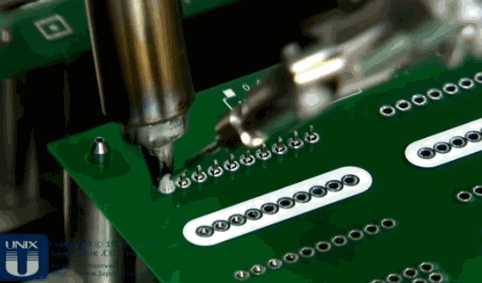
We are very confident in the two products we have developed, the RT1064 core board and the color camera, as we have spent a long time meticulously handling the foundational work. We will not resort to the false advertising and exaggerated claims of certain businesses to attract novices. On that note, we again request Teacher Zhuo to help recommend our RT1064 library and the already open-sourced RT1021 library and core board to Manager Tian Yunfeng of NXP (I am not sure if Manager Tian Yunfeng is still responsible for related promotional work), hoping we can help promote the RT series controllers in the intelligent vehicle competition and other commercial fields as a third-party development application service.
PS: Based on our market research, the several core boards and accompanying open-source libraries we have developed have been generally recognized by students, as evidenced by the sales and reputation of KEA, LPC, and RT1021, which consistently rank first in sales within the intelligent vehicle competition application scenario.

4. Finally, there are a few rule-related questions that need to be consulted with Teacher Zhuo again:
1. Previously, some participating students inquired through the public account whether the externally mounted SDRAM and FLASH on the purchased RT series core boards could be used directly. The response at that time was that it could be used directly. I would like to confirm again that this design of the core board can be used directly in the competition, as our development work is nearing completion, and we will soon start production. If this rule changes again, it would mean our design needs to be modified.
2. Considering the usage difficulty of the RT series + color camera, we specifically reserved the CSI interface on the RT1064 core board. Due to the high pixel clock frequency of the color camera (54M at 50 frames), it imposes higher requirements on the CMOS power supply and camera signal integrity.
To facilitate students in learning camera principles early on, as well as comparing image quality effects after creating their own mainboards, the RT1064 core board specifically retains the CSI interface to reduce obstacles for beginners during the initial learning phase, avoiding overwhelming issues from the start. However, previous rules stated that purchased core boards could not have such interfaces.
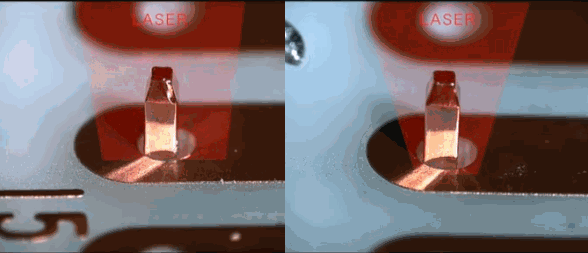
In light of this rule, we plan to clearly indicate in the Taobao detail page and manual that students using this core board in the competition cannot directly use these interfaces but should lead them out to the mainboard for use. I wonder if this approach meets the competition rules?
There have been similar interface issues with other core boards that were handled this way (for example, OLED interfaces). As long as this interface is not used during the official competition, the core board can be used directly in the competition. This is also a humane aspect of the competition rules, allowing for easier learning in the early stages while not requiring additional costs to purchase a core board without this interface, thus reducing competition costs. Therefore, I would like to inquire if our RT1064 core board with the reserved CSI interface can be used directly in the competition (as long as the existing interface is not used during the official competition)?

3. We have also reserved an SD card interface on this RT1064 core board. Regarding the SD card, the rules previously stated that it was not allowed, but later revised it to say that it is acceptable as long as it is not inserted during the official competition. I believe this restriction was likely because it was previously not allowed to modify programs on-site. Now that competitions have developed to allow on-site program debugging, I think this rule should be updated to allow SD cards.
In fact, the SD card feature is useful for tuning vehicles, such as storing real-time track images on the SD card for data analysis to adjust algorithms and parameters, as online image transmission is more challenging and less operable. Therefore, I would like to inquire whether our RT1064 core board with the reserved SD card interface can be used directly in the competition, or if it is acceptable as long as the card is not inserted during the competition?
If Teacher Zhuo needs to see the physical RT1064, we can send our sample to you, which would allow for a more intuitive view of our design and enable you to determine whether it complies with competition rules. We are willing to do everything we can to contribute to the healthy development of the competition and hope Teacher Zhuo will give us this opportunity. If there are any considerations that are not well thought out, please point them out directly. Lastly, thank you for taking the time to read this email, and I look forward to your reply.
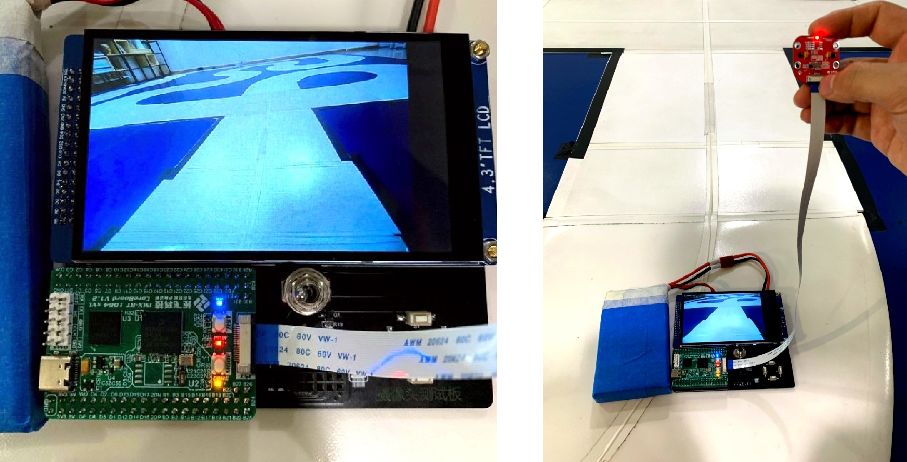
Finally, I look forward to the healthy and prosperous development of the intelligent vehicle competition, wishing for a better world for intelligent vehicles!
Salute!
Best wishes to Teacher Zhuo!
Striving Youth: Fan Bing
2019.08.19